Republic Movement Says No to More Taxpayer Funded Ads
The Australian Republic Movement (ARM) will oppose a monarchist proposal for a taxpayer-funded year-long “public education campaign” about “Constitution and Crown”.
Recently, the national chair of the Australian Monarchists League Philip Benwell wrote to all members of Parliament arguing for a year-long program. The letter has not been made public until now.
“Australians don’t want more taxpayer-funded advertising,” responds Michael Cooney, National Director of the Australian Republic Movement, in a letter to all Senators and members of Parliament this week. “If the monarchists want to shout everyone in Australia a Netflix subscription and pour us a cup of tea while we watch The Crown Series 2, that’s fantastic. Just don’t ask the Government to pay for it.”
Labor and Coalition governments have funded similar public education programs in recent years. Campaigns offering the public information on policies ranging from carbon pricing to school funding, innovation to childcare, university changes, the Intergenerational Report and border protection. These sort of campaigns have cost as much as seventy million dollars each.
Mr Cooney also criticises monarchists for patronising young Australians and Australians born overseas when they say that millions of Aussies are too ignorant to decide our country’s future. The monarchists argue that “several million voters, both new Australians as well as those born after 1982” need to be re-educated before they vote about whether Australia should have an Australian as head of state.
“The republic campaign is all about giving Australians a greater say, while the monarchists want to use taxpayer money to talk down to Australians with a monarchist public relations campaign.
“Maybe that’s the difference between an inclusive, democratic, patriotic institution like an Australian Republic, and a hierarchical, hereditary, exclusive institution like the Crown.”
The Australian Republic Movement proposes that in 2020 there should be two national votes. One vote should answer the in-principle question of whether Australia should have an Australian as head of state. The other should answer the question of how Australia’s head of state should be chosen. These could be held at the same time.
The letter from AML Chair, Philip Benwell.
The response from ARM National Director, Michael Cooney.


